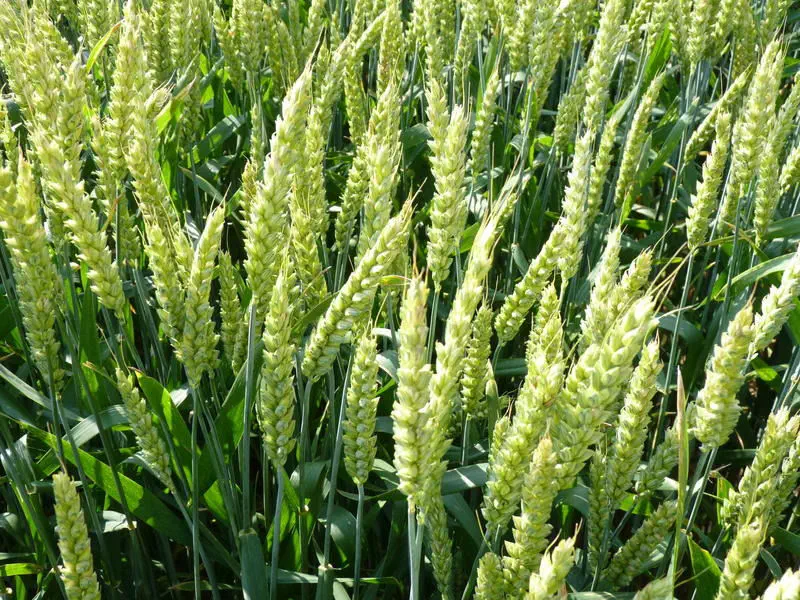At EIMA International, the spotlight was not only on innovative machinery but also on emerging crops like hybrid wheat, which is poised for significant growth. This was highlighted during a special meeting hosted by Rv Venturoli and Saaten Union, which conveyed an important message: with new genetic advancements and cutting-edge machinery, the future of hybrid wheat is transforming. Although hybrid wheat has been available for decades, it has struggled to gain widespread adoption due to high costs and inconsistent yields. Today, despite steady growth, hybrid wheat’s presence in Italy remains limited. Vittorio Venturoli, head of the Bolognese seed company Rv Venturoli, estimates that Italy currently has around 12-15 thousand hectares of hybrid wheat. Across Europe, hybrid wheat accounts for just 2-3% of the crop area, though this rises to 5% in Italy and France.
With the introduction of new materials, improved agronomic practices, and innovative machinery, the area planted with hybrid wheat could double in the countries where it is most commonly used. Saaten Union’s geneticists, speaking at EIMA International, emphasized the significant progress made in improving yields. To register a new hybrid, it must demonstrate a 2.5% higher yield than the original variety, ensuring a strong return on investment for farmers. Rv Venturoli also shared best practices for cultivation, including precise soil refinement with shallow seeding depths (1.5-2 cm), early sowing with optimal seed density of 150 seeds/m² (increasing by 25% for hard soils), and multiple nitrogen applications (2-3 interventions).
The higher cost of hybrid wheat seeds compared to traditional varieties is mitigated by the increased seed production yields, which can lower the purchase price for farmers. Trials conducted in 2024, under challenging climatic conditions, were presented by Bruno Agazzani from the Negrini Foundation, comparing traditional and hybrid wheat with different tillage methods. The results highlighted minimum tillage as the best practice for hybrid wheat in 2024.
To fully unlock the potential of hybrid wheat, advanced machinery is key, particularly during the delicate seeding phase. Sandro Battini from Kverneland Italia introduced a revolutionary seed drill capable of operating at 18 km/ha with a working width of up to 6 meters, offering farmers the precision and efficiency needed for success in this evolving sector.


